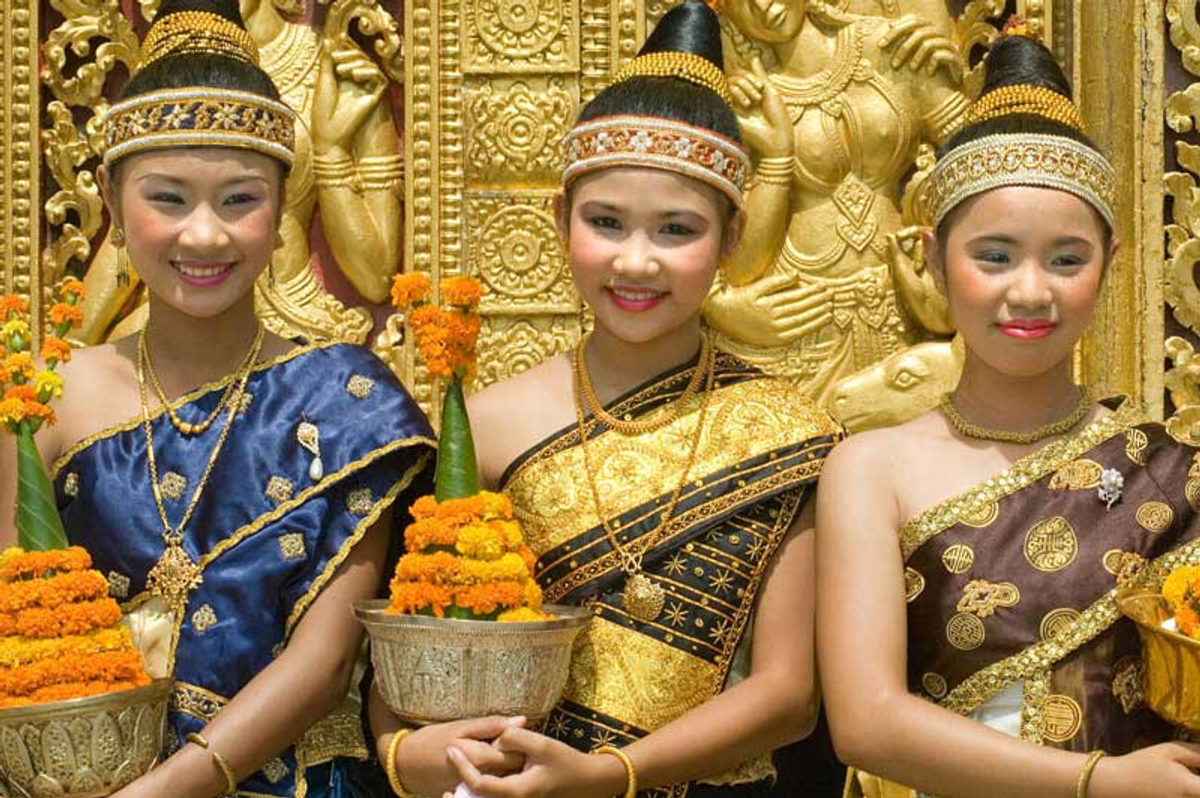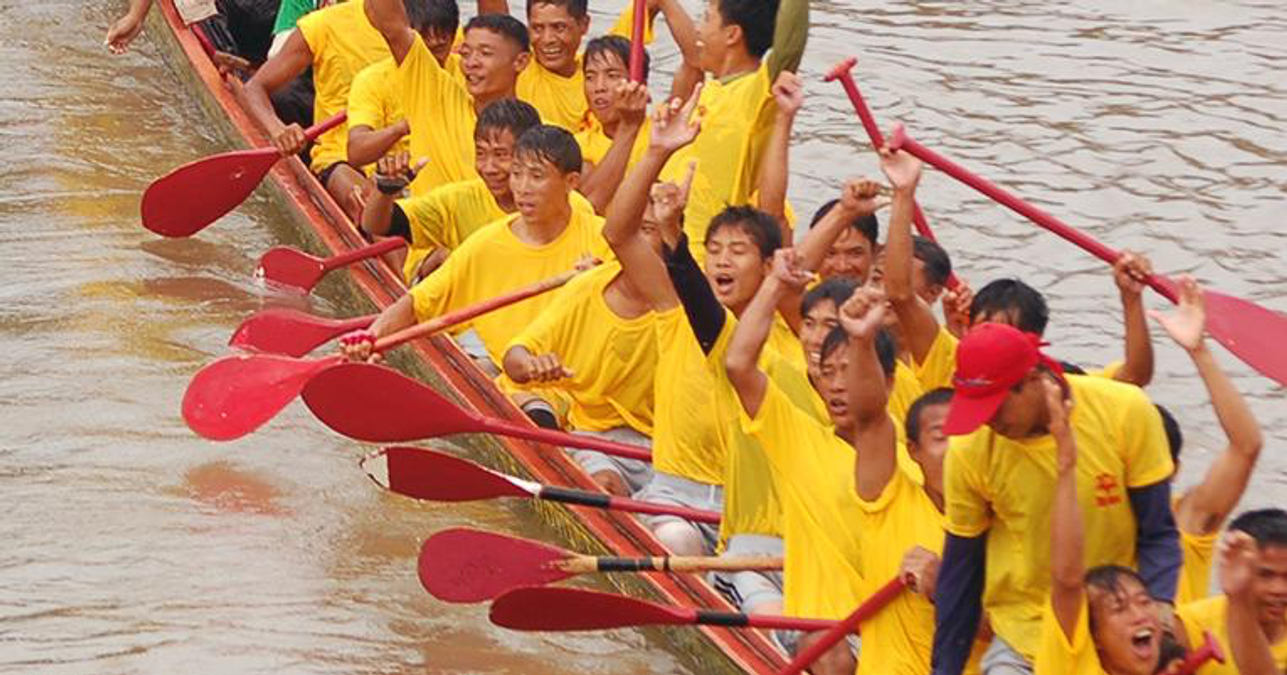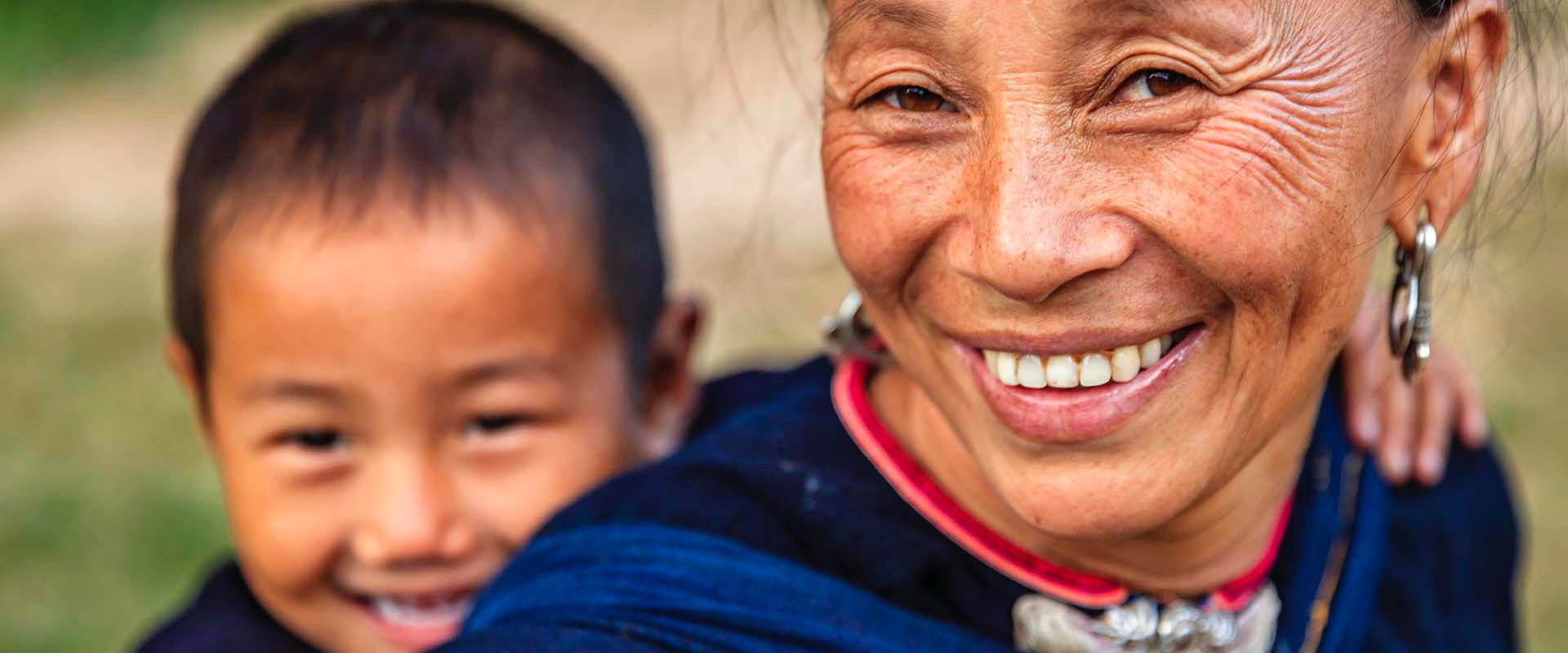Wednesday 5 November That Luang Festival in Lao
Pha That Luang (the Golden Stupa) is a gold-covered large Buddhist stupa located in the centre of Vientiane, the capital of Lao.
The first stupa was established in the third century, and is a sacred site as the tip is believed to house a relic of Buddha. It has been rebuilt several times over the centuries. The current incarnation dates from 1566.
It is the most important religious building in the country and a national symbol that features on the country’s emblem.
Dating back to the 16th century, the That Luang Buddhist festival is held over three-seven days during the full moon of the twelfth lunar month (November).
Before dawn, thousands join in a ceremonial offering and group prayer, followed by a procession. For days afterward, a combined trade fair and carnival offers handicrafts, flowers, games, concerts, and dance shows.
The festival is one of the most popular national holidays in Lao and attracts pilgrims from all over the country and from other countries such as Thailand, Cambodia and Vietnam. It is also the date of an international trade fair promoting tourism in the region.



